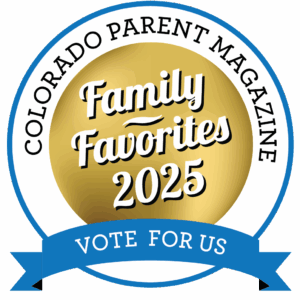Support Activities
Content available in:
Our Grief Supports – Family Activity
Supports may or may not look different after a death. Sometimes new people or groups show up who were not there before. Other times, those who you knew would be there are consistent in showing up even when they aren’t sure how to help. It can be helpful to have concrete reminders of who is there for your family in your grief.
Work together to create a tree that represents your family- showing your uniqueness in the trunk, branches, and leaves. The roots are where you will identify your supports. Create a root for each support person/group/organization. Be sure to add new roots when new supports enter your life. Conversely, be sure to remove roots who are no longer supportive.
My Support Network – Youth Activity Ages 11 – 18
Think about supportive people in your life and the different roles they play. Identify one peer and one adult support person who you can talk to about grief, problems with friends, or whatever else is happening in your life.
Fill in the worksheet or make a list of your own supports using the following prompts:
- A person who can always make you laugh. What about them makes you laugh?
- A person that you can go to when you need to cry or when you’re upset? What qualities does this person have that makes it safe for you to go to them?
- A person in your life who always push you to do better. These are the folks that have confidence you can do anything, even if you’re not always so sure. Who are these people and what do they do to support you?
- A person in your life that you can talk with about your grief? How do they let you know they understand or don’t understand what it’s been like for you? Why might it be important to have other people to talk to?
My Helpers – Youth Activity – Ages 3 – 10
When you are having grief reactions, it is important to have someone safe to talk to or go to for support. Different people help us with different problems. It can be helpful to think about who is best to go to for each of your needs. You may find that the person who helps when you are sad or need a hug is not the same person you go to when you are angry or hurt.
On your worksheet, write the name of someone who helps you above each person. Next, you will draw hearts using the color chart below to show who you can go to with certain needs. Note: a person can help you with many needs, so it is okay to have more than one heart on a person.
- Blue heart = when you are feeling sad
- Green heart = when you are feeling hurt or upset
- Orange heart = when you want to talk about your grief, special person, or ask questions about what happened
- Yellow heart = when you need a laugh
- Purple heart = when you want to play
- Red heart = when you need a hug
- Gray heart = when you are feeling worried or nervous
- Black heart = when you are feeling angry
Story Corner
“A Terrible Thing Happened” by Margaret M. Holmes
This gently told and tenderly illustrated story is for children who have witnessed any kind of violent or traumatic episode, including physical abuse, school or gang violence, accidents, homicide, suicide, and natural disasters such as floods or fire. An afterword by Sasha J. Mudlaff written for parents and other caregivers offers extensive suggestions for helping traumatized children, including a list of other sources that focus on specific events.


